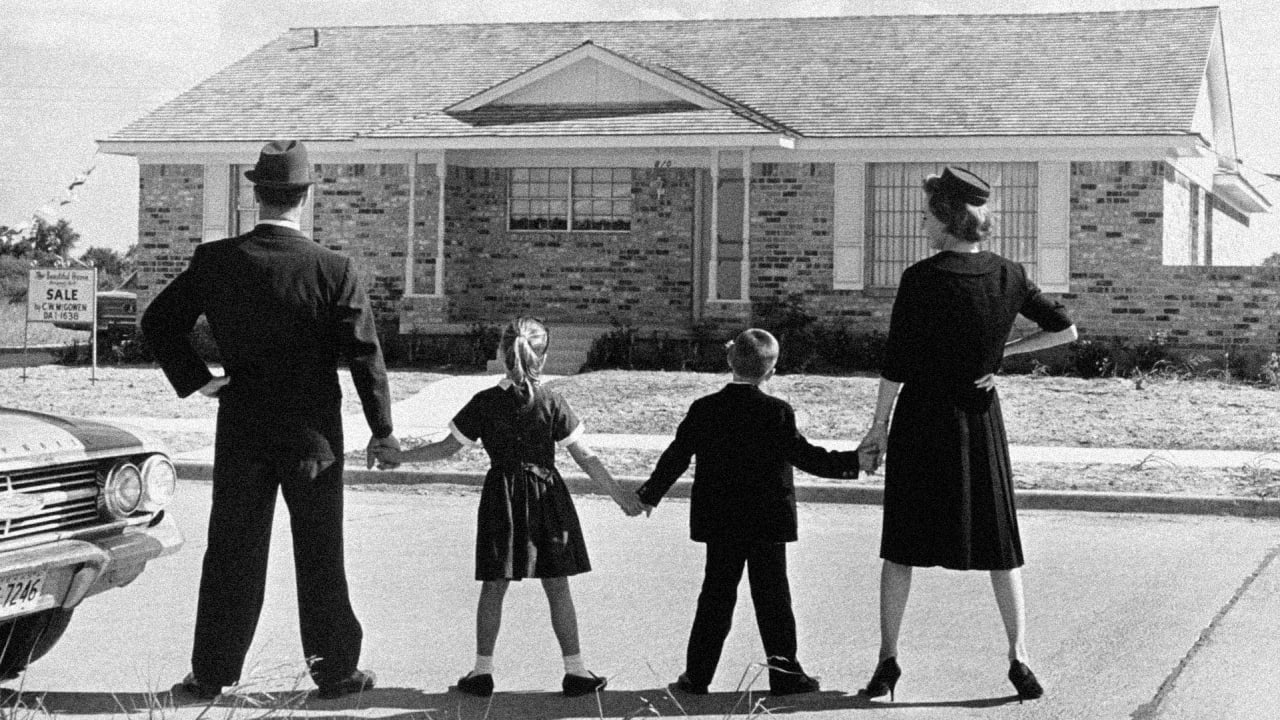Many in America’s middle class are feeling less prosperous than in generations past. A Bankrate survey finds that Americans are more than two times more likely to feel financially insecure than secure. Meanwhile, 53% of Gen Z says the high cost of living is a barrier to financial success, according to a Bank of America survey.
Inflation is partly to blame. Grocery store food prices were 1.2% higher in January 2024 than in January 2023, according to the U.S. Department of Agriculture’s Economic Research Service. Prices continue rising due to labor shortages, ongoing supply chain disruptions, droughts and the avian flu.
The price of other basic necessities also increased between January 2023 and January 2024, according to the U.S. Bureau of Labor Statistics, for example:
- Rent is up 6.1%
- Car insurance is up 20.6%
- Outpatient medical services are up 8.3%
- Non-prescription drug prices are up 9.2%
- Daycare and preschool is up 4.7%
These cost increases mean that even families classified as middle class are struggling to keep up with expenses, especially as the costs of basic necessities are rising faster than the overall rate of inflation, says Stephanie Hoopes, national director of United For ALICE, the research arm of United Way of Northern New Jersey, which tracks the growing number of U.S. families who are unable to afford the basics of housing, child care, food, transportation, health care and technology.
For the last 15 years, the cost of these items has increased a bit every year while wages didn’t, Hoopes says. For instance, she says, the median wage for the most common occupation in the U.S., a retail salesperson, increased 2.8% annually from 2007 to 2022. However, the sustained lag behind the actual cost of basic goods equates to a loss of more than $26,000 over the past 15 years for a retail salesperson—more than a full year’s earnings, Hoopes says.
People who had expectations of being middle class are finding that they can’t meet the basic expenses of a middle-class life paying for food, rent, and childcare all at the same time, says Joan C. Williams, Sullivan professor and director of the Center for Worklife Law at the University of California, College of the Law in San Francisco. “In cities like San Francisco, it’s very difficult with a middle-class salary to pay for food plus housing, plus child care, much less have anything left over,” she says.
Defining ‘middle class’
There is no clear description of what it means to be middle class, and most define it in terms of income. For instance, Pew Research Center defines middle income as those with an annual household income that was two-thirds to double the national median income in 2020, or about $52,000 to $156,000 annually in 2020 dollars for a household of three.
Yet, for many Americans, the idea of being middle class is more related to feeling they have rather than the amount of income they earn.
According to a 2022 Gallup survey, 38% of Americans identify as “middle class”—an identification that has been shrinking since the 2007 Great Recession. Since then, Americans have been more likely to call themselves members of the working class or lower class than the middle class. Politicians are also more likely to use the term “working class” than “middle class,” and that could be one reason for a post-Great Recession shift away from middle class and toward working class identification, says Jeff Jones, Gallup’s senior editor for U.S. Surveys.
For many Americans, the term “middle class” means having a certain amount of economic security, says Elise Gould, a senior economist at the Economic Policy Institute, a Washington, D.C., think tank. “It could mean having savings for a rainy day or saving for your children’s education,” she says. “That is very different from being in the middle of the wage distribution, which is how the middle class is technically defined.”
The Washington Post recently surveyed Americans to find out which indicators of financial security and stability were necessary to be middle class. Nine out of 10 respondents said agreed on these six indicators:
1. A secure job
2. Ability to save money for the future
3. Ability to afford an emergency $1,000 expense without debt
4. Ability to pay all bills on time without worry
5. Having health insurance
6. Ability to retire comfortably
Meanwhile, according to a 2022 Federal Reserve report, 18% of Americans said the largest expense they could cover using only their savings was under $100.
Most U.S. adults expect to have a solid, middle-class life—a house, a car, a pension, a washing machine, and a simple vacation, but that expectation is slipping away, Williams says. “The ability to afford the basic middle-class standard of living that is becoming increasingly elusive even for some in the upper middle class,” she adds.
Growing Income Insecurity in the Middle Class
United for ALICE—which stands for Asset Limited, Income Constrained, Employed—tracks how many households can’t afford basic expenses in the communities where they live. The ALICE Household Survival Budget estimates the bare minimum cost of household necessities (housing, childcare, food, transportation, health care, and a basic smartphone plan), plus taxes and a contingency fund equal to 10% of their budget.
According to ALICE’s calculations, 41% of U.S. households have incomes below the ALICE Threshold of Financial Survival, Hoopes says. For instance, the annual ALICE household survival budget for Jackson County, Missouri was $96,000 in 2022, a figure that’s significantly above the $52,000 middle class threshold. The wide range of incomes in the “middle class” bracket can explain why some may feel comfortable while others feel pinched.
“A lot of jobs we think of as middle class are below ALICE thresholds,” Hoopes says. That includes teaching assistants, health care support staff in hospitals and doctors’ offices, adjunct professors, members of the media, and even government workers, she says.
Civil service jobs were once seen as a ticket to the middle class, especially for Black Americans, Hoopes says. However, these wages have lagged the cost of living over the last decade, making reaching the middle class out of reach in many locations. For example, the median hourly wage for Office and Administrative Support government workers in 2022 was $17.97, according to the Bureau of Labor Statistics. This is well below what is needed to support a single adult in Washington, D.C. ($23.64 an hour for an annual budget of $47,280).
Even people with advanced degrees can be below financial household survival budgets she says. “Education level doesn’t preclude you from being in this tough situation,” Hoopes says. In fact, it can add to your financial insecurity because of the burden of college debt.
“Many people who do all the right things—invest in education and work hard—are still struggling to make ends meet,” Gould says.
Although there are positive signs—wages have increased in the last few years, the U.S. economy avoided a recession, and unemployment is low—workers are still contending with inflation and an increase in the gig and contract work, making it difficult to predict what the future will hold, Hoopes says.







